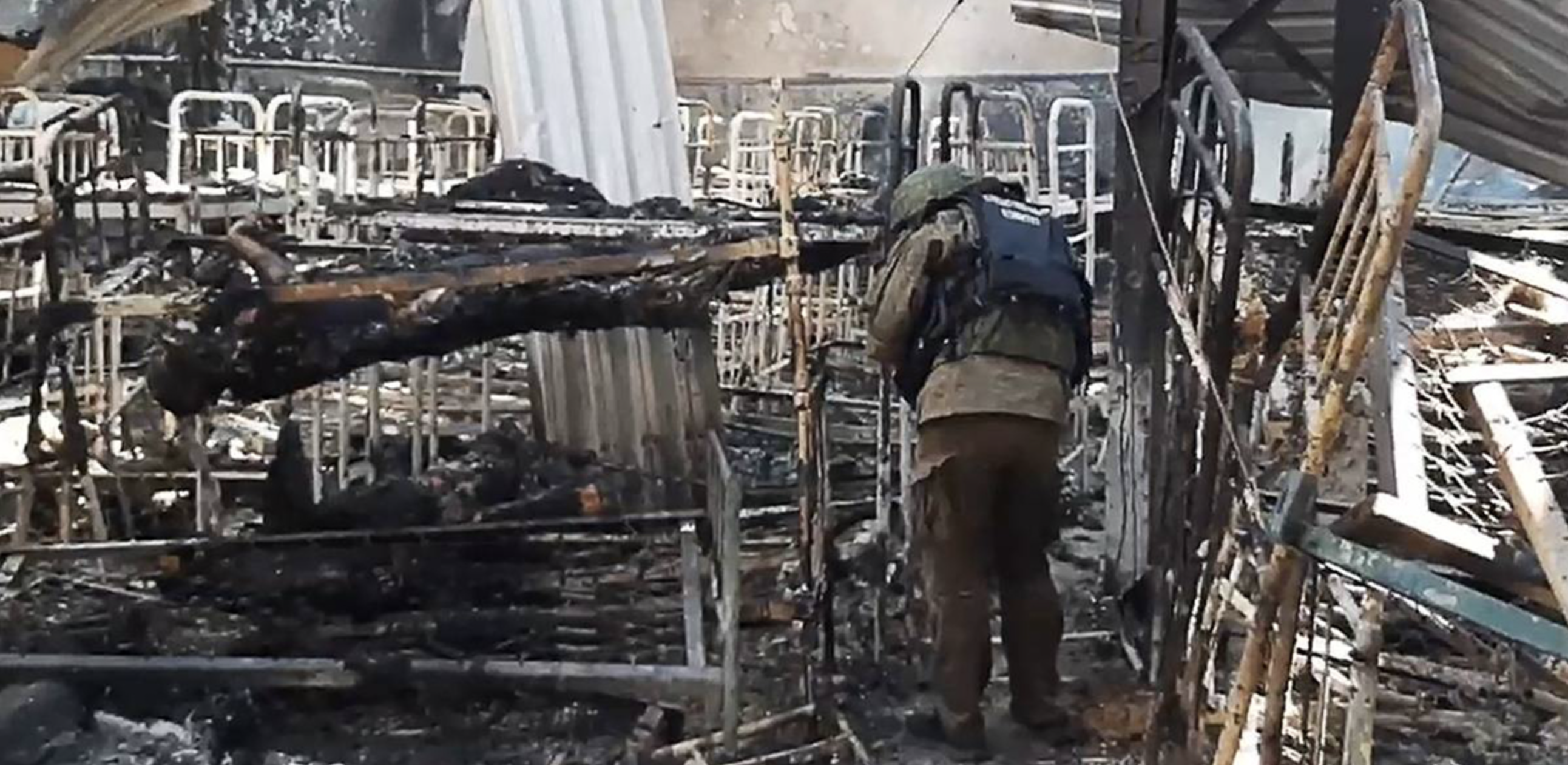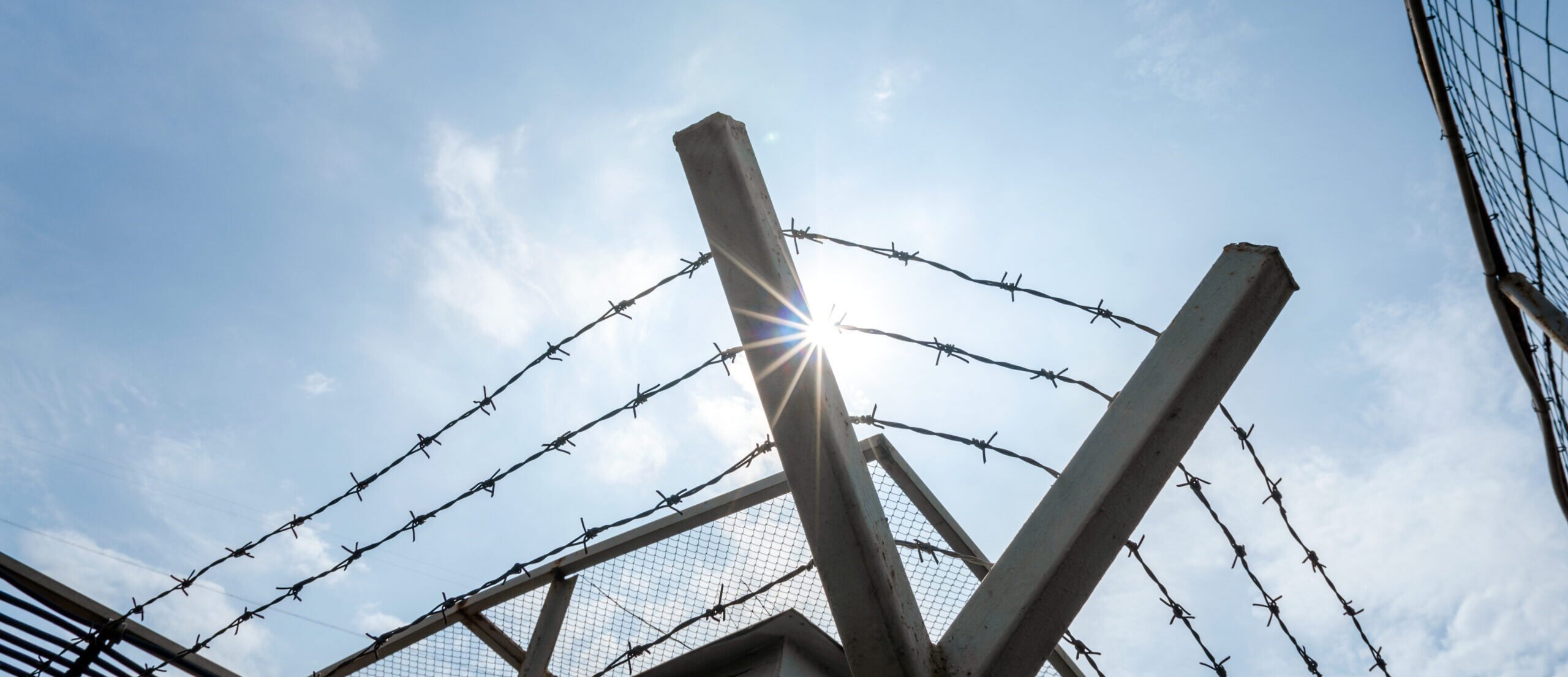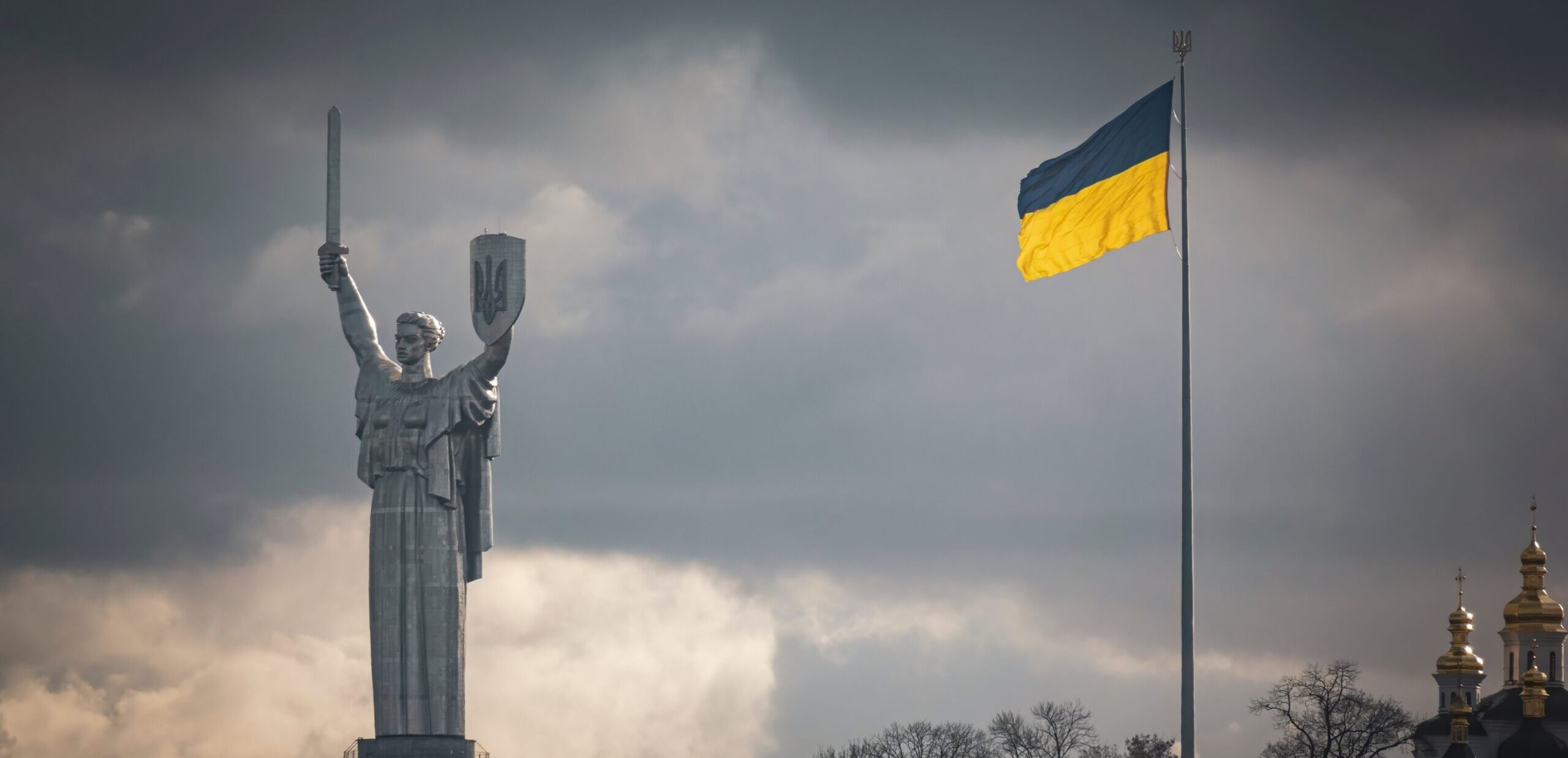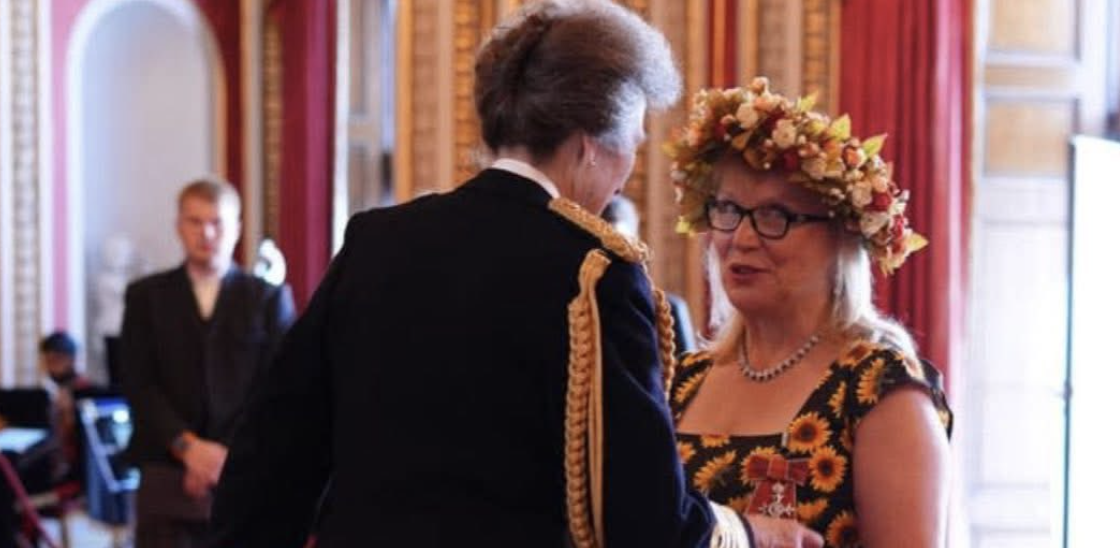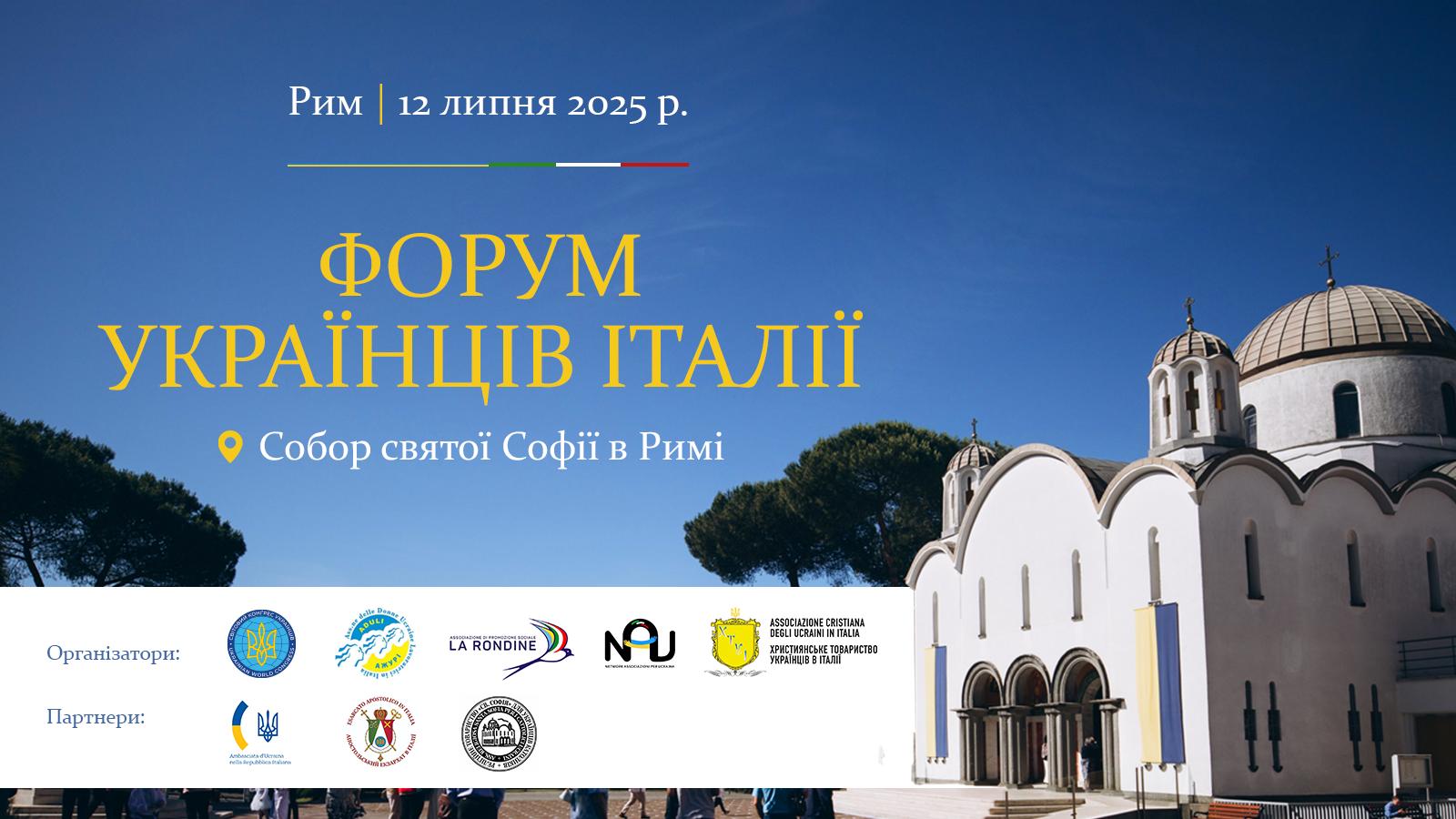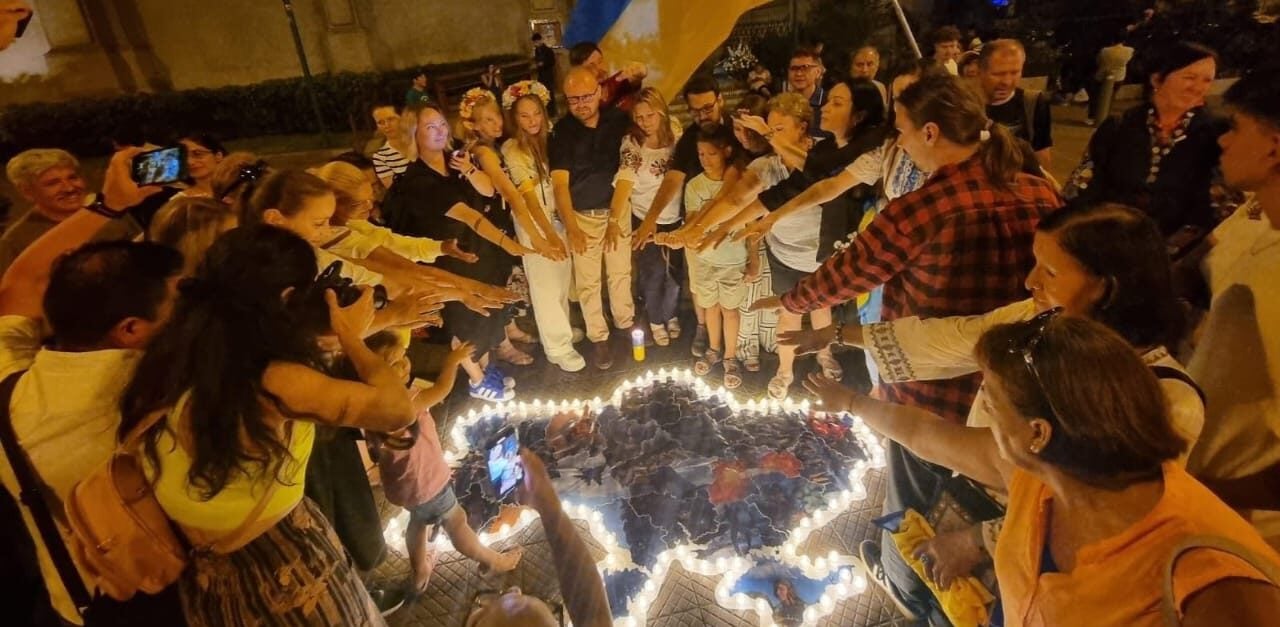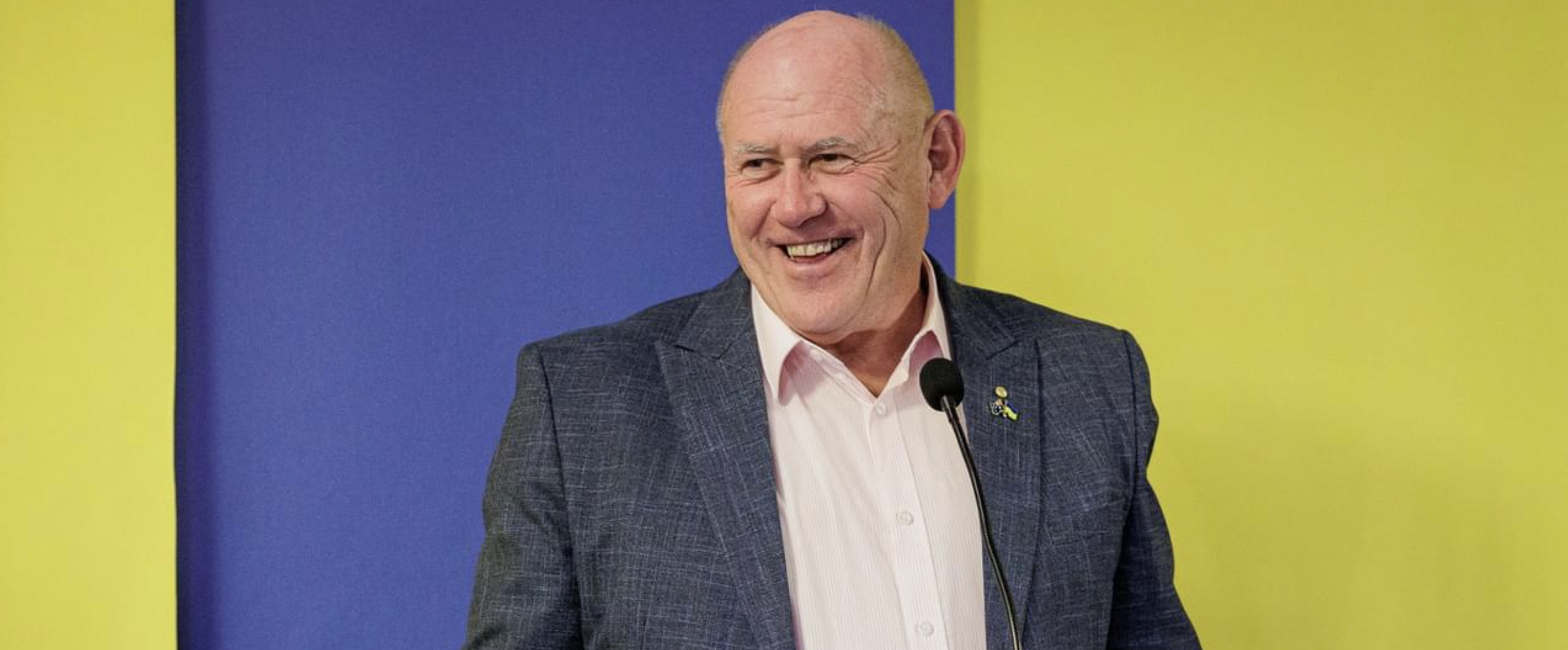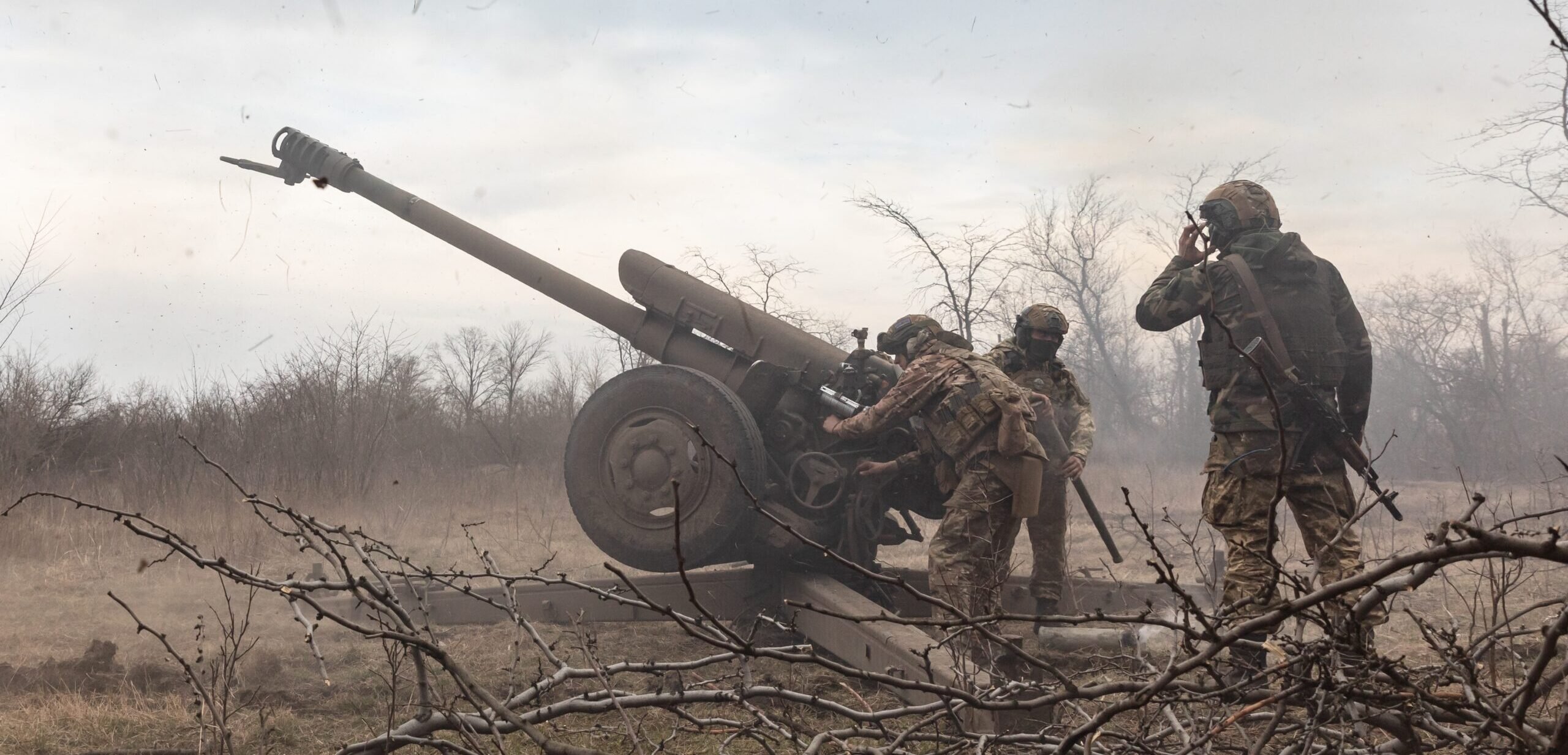
Russia is exploiting ceasefire rhetoric as a strategic tool to manipulate Western perceptions while intensifying military operations in Ukraine, according to analysts at the Washington-based Institute for the Study of War (ISW).
In a recent assessment, ISW warned that the Kremlin is actively engaging Western media to present its conditions for Ukraine’s surrender as reasonable, aiming to fracture unity among Kyiv, Washington, and European allies.
“Kremlin officials have recently intensified their engagement with Western media in an effort to message directly to the Trump administration and American public and portray Russia’s terms for Ukraine’s surrender as reasonable,” ISW said.
This propaganda push includes Kremlin rule Vladimir Putin’s address on May 11 and recent interviews by Kremlin spokesperson Dmitry Peskov with international media outlets, part of a broader campaign to inject Moscow narratives into Western information ecosystems.
According to ISW, Moscow seeks to pressure the West and Ukraine by presenting itself as both militarily dominant and diplomatically reasonable – despite maintaining maximalist goals that require Ukraine’s total capitulation.
“Putin and other Kremlin officials firmly maintain their war aims that amount to Ukraine’s full capitulation and have thus far refused to consider any peace deal that does not concede to all of Russia’s demands,” ISW said.
These statements, the analysts believe, are meant to disguise the Russian military’s limited capabilities and “distract from Russia’s failure to make any significant progress on the battlefield over the last two years.”
“The Kremlin is falsely portraying itself as willing to engage in good-faith negotiations with Ukraine while continuing to attack frontline Ukrainian positions and setting conditions for further military aggression against Ukraine and NATO in the coming years,” ISW said.
Meanwhile, analysts from the DeepState project reported that Russian forces actually escalated their assaults during the so-called ceasefire Moscow declared on May 8-10.
“There was no ceasefire across most of the front lines — just a few isolated cases,” the report, cited by Ukrainska Pravda, said.
They added that Russian attacks during this “truce” outpaced their average assault rate in April.
Cover: Shutterstock
